50+ Sample Performance Plans
-
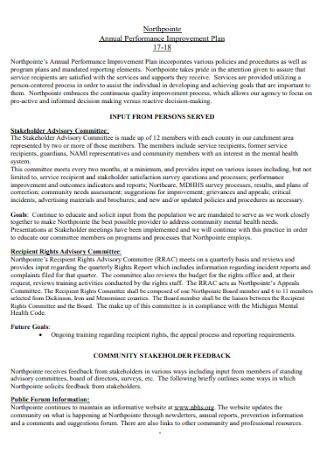
Annual Performance Improvement Plan
download now -
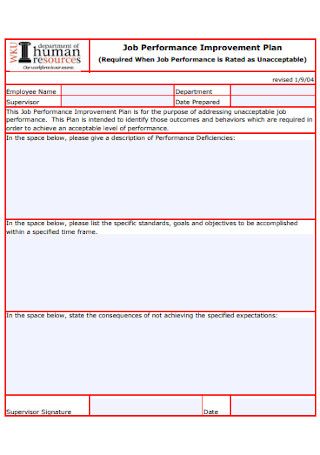
Job Performance Improvement Plan
download now -

Management Performance Improvement Plan
download now -
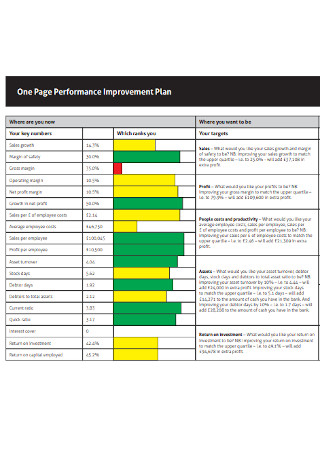
One Page Performance Plan
download now -
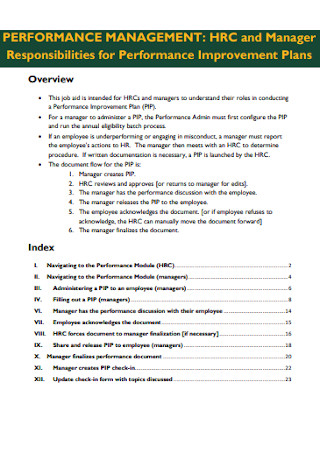
Manager Performance Plan
download now -
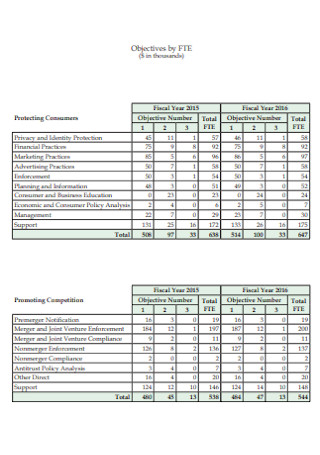
Annual Performance Plan
download now -
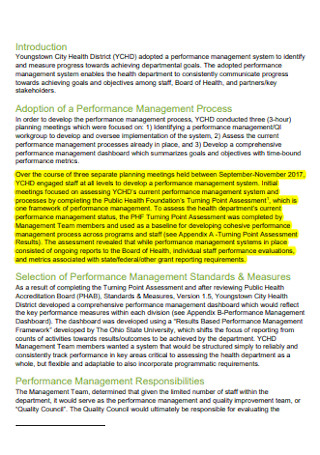
Performance Management Plan
download now -
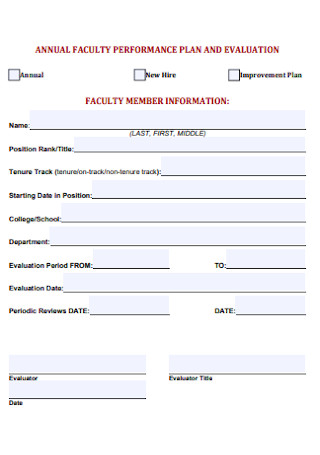
Annual Faculty Performance Plan
download now -
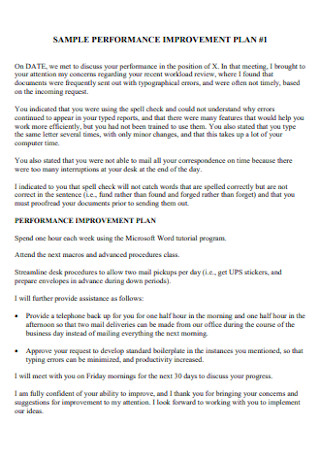
Sample Performance Improvement Plan
download now -
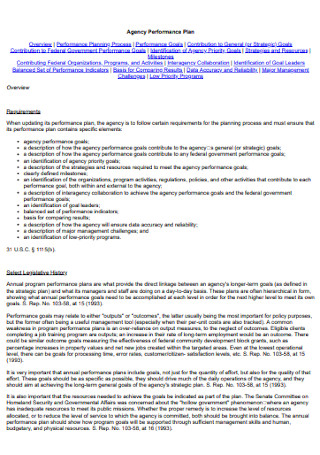
Agency Performance Plan
download now -

Performance Management System Plan
download now -
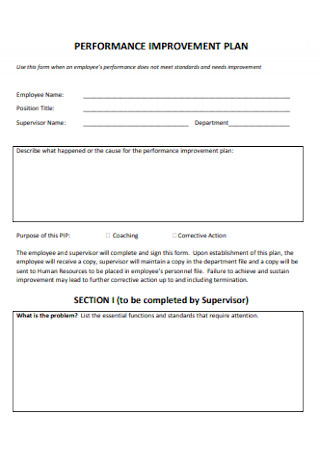
College Performance Improvement Plan
download now -
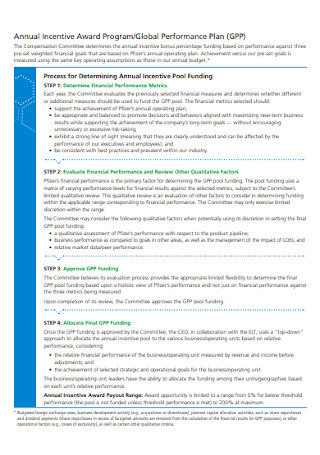
Global Performance Plan Example
download now -
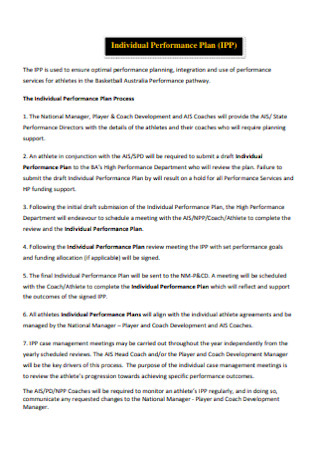
Individual Performance Plan
download now -

College Performance Improvement Plan
download now -
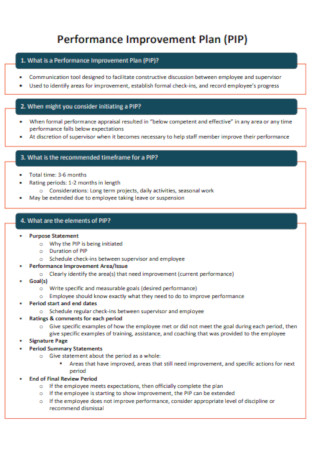
Employee Performance Plan
download now -
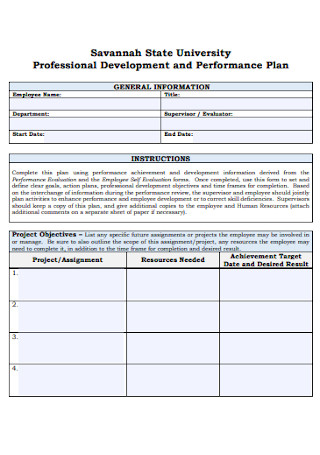
Professional Development and Performance Plan
download now -
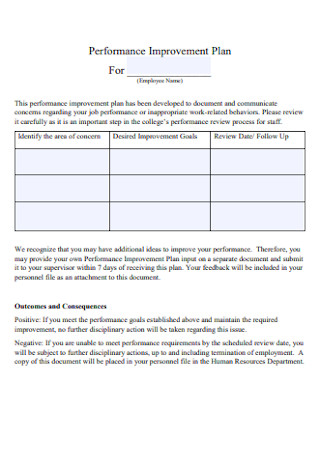
College Employee Performance Plan
download now -

Key Issues in a Performance Plan
download now -
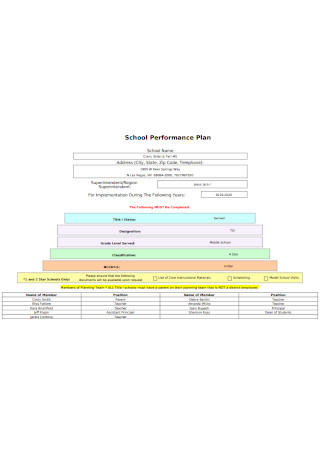
School Performance Plan
download now -
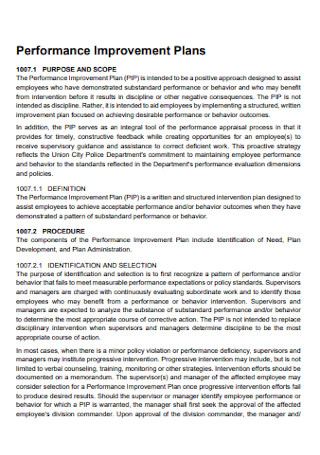
Police Performance Plans
download now -
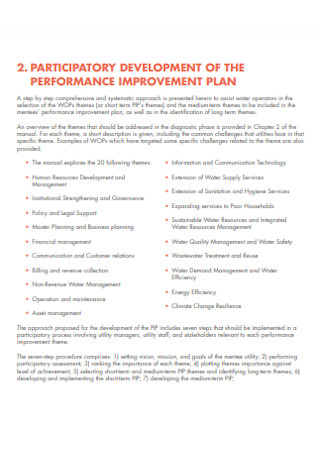
Performance Manual Plan
download now -
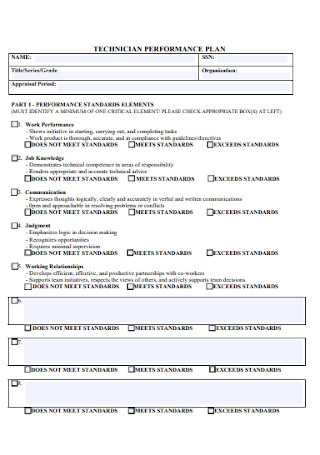
Technical Performance Plan
download now -
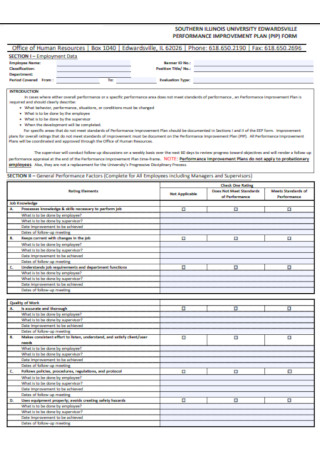
Performance Improvement Plan Form
download now -

Academic Performance Plan
download now -
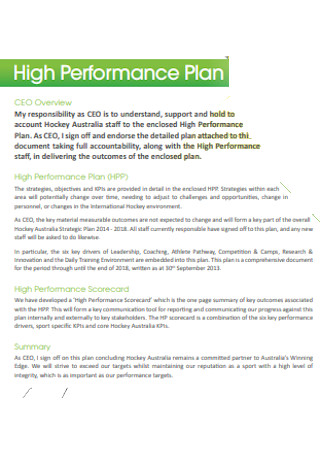
High-Performance Plan
download now -
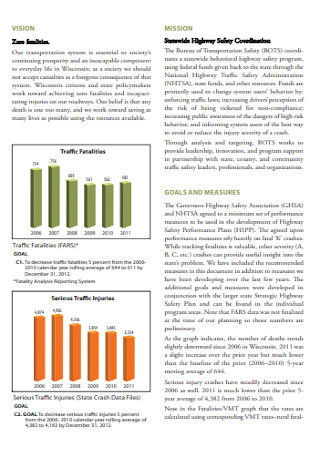
Highway Safety Performance Plan
download now -
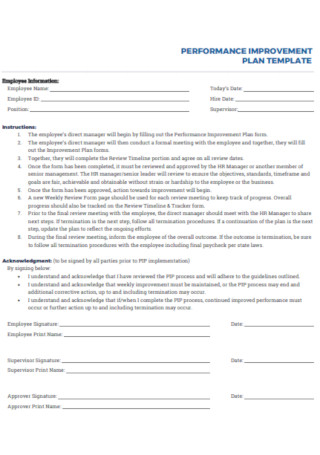
Printable Performance Plan
download now -
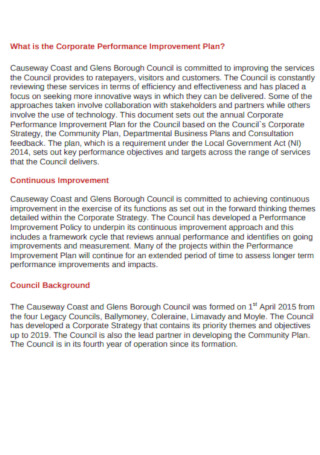
Corporate Performance Plan
download now -
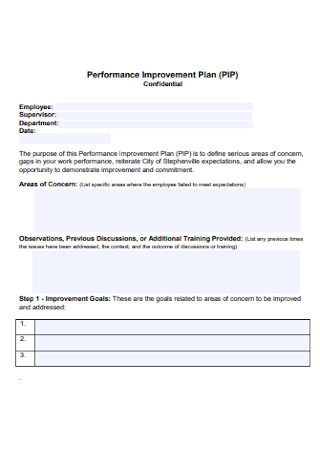
Confidential Performance Plan
download now -

Employee Performance Information Plan
download now -
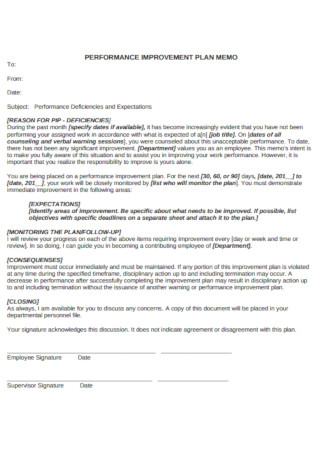
Performance Improvement Plan Memo
download now -
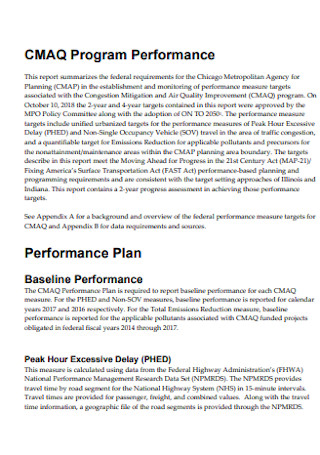
Program Performance Plan
download now -

Institutional Performance Plan
download now -
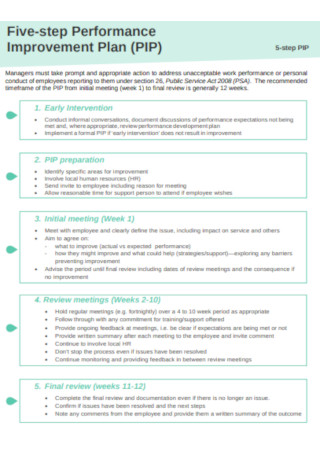
Five-step Performance Plan
download now -
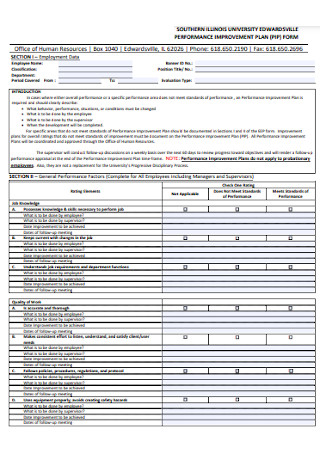
Performance Plan Form Example
download now -

Good Performance Plan
download now -
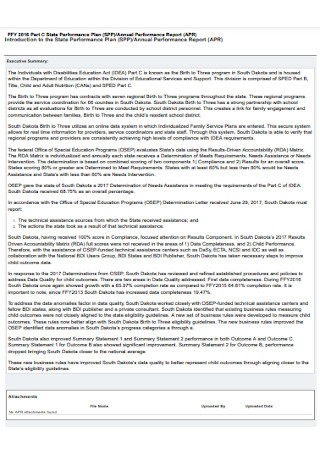
State Performance Plan
download now -
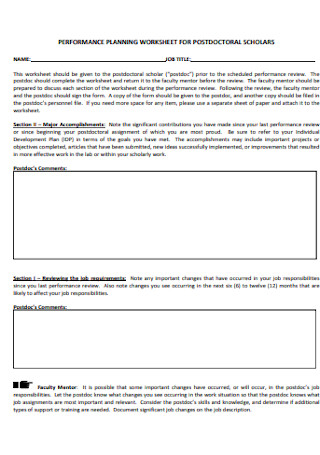
Performance Planning Worksheet
download now -

Healthy Performance Plan
download now -
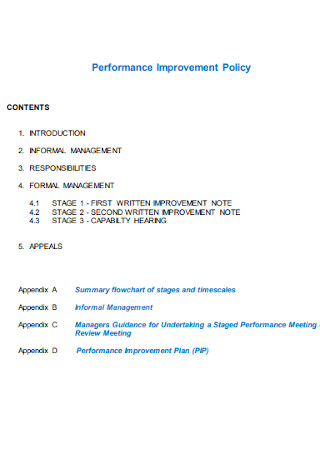
Performance Improvement Policy Plan
download now -
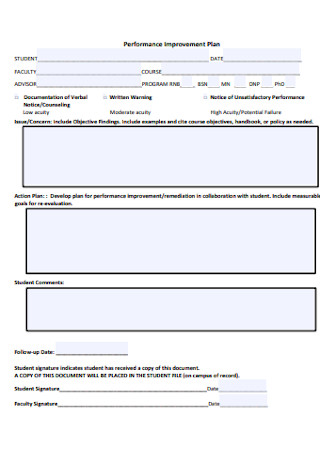
College of Nursing Performance Plan
download now -
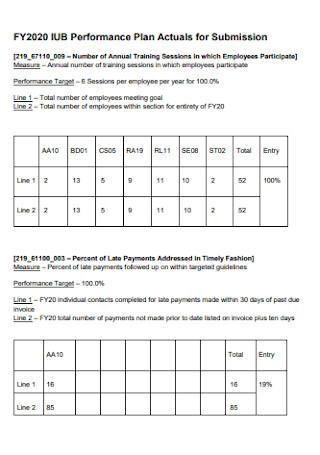
Performance Plan Actuals for Submission
download now -
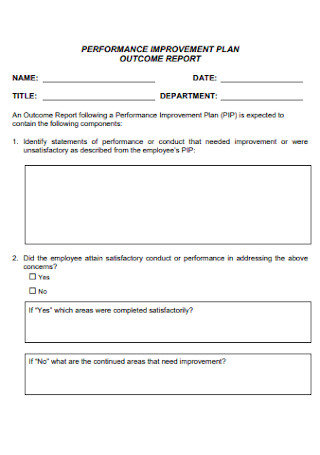
Performance Improvement Plan Report
download now https://images.sample.net/wp-content/uploads/2021/02/Program-Performance-Improvement-Plan.zip -
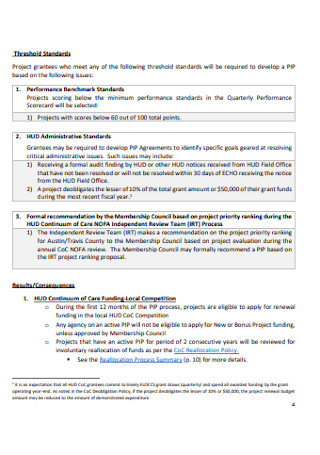
Program Performance Improvement Plan
download now -

Performance Improvement Exempt and Non-Exempt Plan
download now -
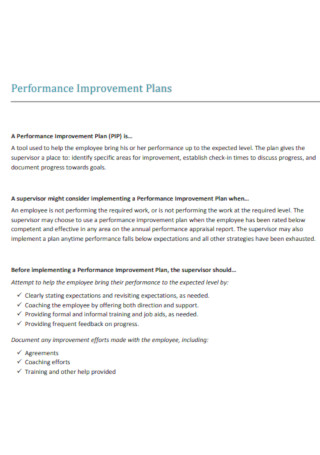
Standard Performance Plans
download now -
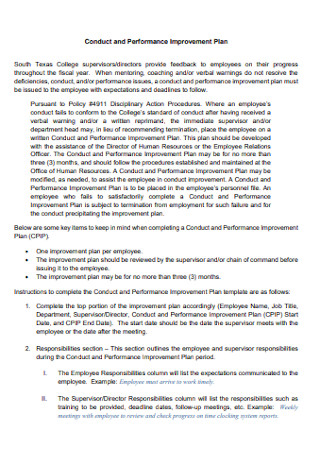
Conduct and Performance Plan
download now -
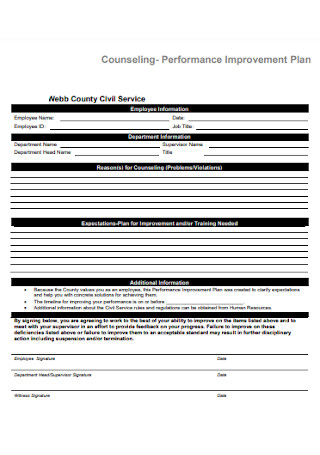
Counseling- Performance Plan
download now -
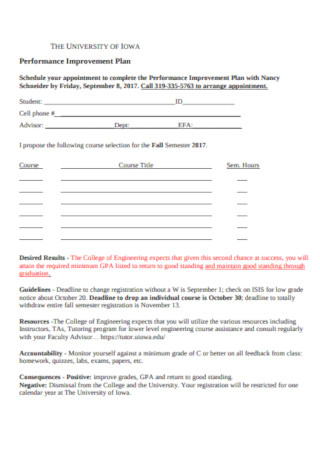
University Performance Plan
download now
FREE Performance Plan s to Download
50+ Sample Performance Plans
What is a Performance Plan?
Reasons for Implementing a Performance Plan
How to Create a Performance Plan?
Purposes and Benefits of a Performance Plan
Tips in Creating an Effective Performance Plan
How does one determine that a performance plan is necessary?
Why is it important to involve HR when a performance plan is used for an employee?
What is the difference between a performance plan and a letter of clarification or written reprimand?
When should performance improvement plans be implemented?
What is a Performance Plan?
A performance plan is a formal business document from the human resources department that sets goals and objectives for a particular employee. It outlines all duties and responsibilities of the employee’s role or current position. It also explains performance issues, if there are any, and how it hinders the employee’s progress or promotion to a higher role or reaching the set goals.
Along with the performance issues are new goals that the employee needs to achieve to regain good standing at the workplace within a specific timeframe. When an employee is put in a performance improvement program, managers and human resources should meet with the employee to discuss and go over the performance improvement action plan and answer any employee questions.
In other words, it’s like being on work probation–being watched closely during the period. However, it should be noted that aside from closely watching employee performance, regular and timely feedback should be given to them so that they would know what they’re doing wrong and be able to correct them in real-time. For some people, simply knowing which areas to improve on is enough to turn their work performance around. However, if employees fail to meet the performance goals, there will be repercussions, usually job termination, as a result.
Reasons for Implementing a Performance Plan
Employee performance plans are executed when a particular employee struggles with work. This can be seen as the employee’s own personal goals at work. As most employees view it in a negative light, it is best that managers keep a closer eye on the employee and pick up signs of underperformance and guide them through their task. A performance plan can also be used as:
How to Create a Performance Plan?
It doesn’t matter if managers or HR need to create a specific employee attendance improvement plan or a more general work performance plan template. The performance plan process is the same across roles and a good performance plan contains all four key elements. All you need to do is follow these steps when creating an employee performance plan.
Step 1: Identify Employee’s Work Performance Strengths and Weaknesses
The performance plan intends to identify issues that need to be addressed when it comes to working performance. Bear in mind that behavioral problems like attendance and inappropriate communication should not be included in the performance plan. As the document name implies, it should focus on work-related issues and performance.
It is most likely that as the manager or the employer, you must have already given informal feedback to the employee of what they are doing wrong, but this feedback should be documented as well as the time that the employee was given to improve. It should also be emphasized that feedback should be unbiased and objective and write down the reasons for the performance issues that you have identified.
Step 2: Provide Clear Expectations, Actions, And Metrics for Improvement
This is the part that as manager, you supply helpful suggestions for employee improvement. You should work with the employee to develop an action plan that includes training and set clear goals and benchmarks to meet. It should be decided what tasks have to be done and how these tasks will be measured and stick to the objectives of the plan. By involving the employee in the planning, they are 3.6 times more likely to engage and this also ensures commitment from their end and understanding on their part. Also, include any available resources (internal or external) that can help employees meet their goals.
As a manager, you must ensure that the performance expectations and goals are within company standards and policies, and have appropriate methods in measuring improvements. This will guarantee that the plan is fair and consistent across different situations and that personal feelings or frustrations are separated.
Step 3: Determine a Reasonable Timeframe for the Completion of the Plan
All performance plans should have a timeframe for improvement. As we all are aware, performance improvement does not happen overnight, so progress should be measured in increments of 30 or 60 days, depending on the difficulty of the job and nature of business. Managers must consider the surrounding circumstances when deciding what is a fair and reasonable period for improvement.
To make it easier for both employers and employees, certain points for improvement at a certain schedule should be established. These can be used as discussion points during progress check-in meetings, etc.
Step 4: Outline Consequences for Not Meeting Standards
The performance plan should be clear on what happens if the set goals and objectives are not met within the agreed time frame. This can be in the form of losing company privileges or benefits, reverting to probationary status, job suspension, or even termination of employment.
Focusing on the negative outcomes of the performance plan may only further discourage the employee from performing their best. That’s why managers and employers need to make them understand that the performance plan is for them, and you genuinely want them to succeed in the company.
Purposes and Benefits of a Performance Plan
For some companies, underperforming employees are either reprimanded or fired. But the company that does everything for their employees reaps the following benefits.
Better Company Culture
Performance planning contributes to positive company culture. Employees know and understand that underperformance is not acceptable and they should be able to meet expectations. Hard-working employees and those who work smart feel that their efforts are paying off because they know that it is valued and appreciated. On the other hand, employees who are struggling know that they have managers who will support them to be better and become successful by providing them with actionable work goals and objectives.
Save Time and Money
One of the things that an ultimate performance power plan does is to prevent turnovers, thus saving time and money. Helping employees improve their work performance is less costly than the associated cost of terminating an employee and hiring for a replacement to fill the vacant position. On the part of the human resources department, it also saves them time to schedule and hold interviews with applicants and also saves on training costs. Employees who are in the company’s performance improvement program will still require less training than a new hire.
Performance Plans Are More Effective Than Performance Reviews
When you say performance reviews, it rarely has consequences, and most of the time, it is taken as criticism. People tend to react negatively to it even when it’s constructive and they believe that most feedback is inaccurate. In contrast, a performance plan means the employees are made aware of why they are underperforming and why they need to improve. It also allows them to explain why they are not doing well and work with them to get their full support and collaboration.
Tips in Creating an Effective Performance Plan
Although there are performance plan templates available, it is still important to understand that they may vary depending on the employees’ needs. Here are some tips to keep in mind when creating a performance improvement plan that truly works.
- Collaborate with the employee, management, and human resources to ensure that all parties have the chance to contribute to the plan.
- Determine the reasons for performance issues and find out the causes of underperformance.
- Think of the best ways on how to help the employee succeed as the whole point of performance improvement is to keep them on the team.
- Don’t wait until the last minute to check in with the employee and monitor their progress–this will allow them to voice their concerns.
- Focus on improvement rather than the repercussions. They must see the program as a sign that you want them to stay and not that he will soon be fired.
How does one determine that a performance plan is necessary?
A performance plan is an optional but necessary tool that will help underperforming employees be better and improve their work performance. It is important that managers consult with HR if a performance improvement plan is necessary when it comes to certain employment issues.
Why is it important to involve HR when a performance plan is used for an employee?
The HR must be made aware of the plan to use a performance plan for the underperforming employee. This will ensure compliance with the company policy, procedure, and the law. The HR staff are also an important resource in the development, delivery, and management of the performance plan. Furthermore, whether the performance plan was completed successfully or unsuccessfully, the PIP will be kept in the employee personnel file for about 5 years for future reference.
What is the difference between a performance plan and a letter of clarification or written reprimand?
The content of the performance plan will often overlap what’s included in the contents of the letter or clarification or reprimand. The letter of clarification or reprimand is intended to make the employee aware of performance concerns and could lead to disciplinary action if not addressed immediately. On the other hand, a performance improvement plan is a document that details all the planned action steps, key metrics for improvement as well as timeline. Additionally, the improvement plan will also include a follow-up schedule that will ensure that the manager or supervisor will monitor the employee’s progress.
When should performance improvement plans be implemented?
Performance improvement plans are most helpful and should be implemented when the employee is struggling. Many managers can identify if an employee has become disengaged with their work and requires some guidance to increase productivity or so that they would take less time off.
Performance plans can be used as the formal process to help managers deal with their employees’ poor performance and at the same time promote a culture of accountability, responsibility, and hard work within the company. It helps employers and companies retain the best employees, improve employee outcomes, and minimize turnover rates. Ultimately, performance plans will also potentially lead to high performance and create a pool of talented and focused employees.
